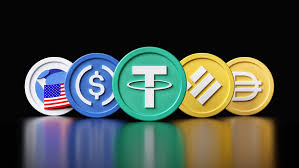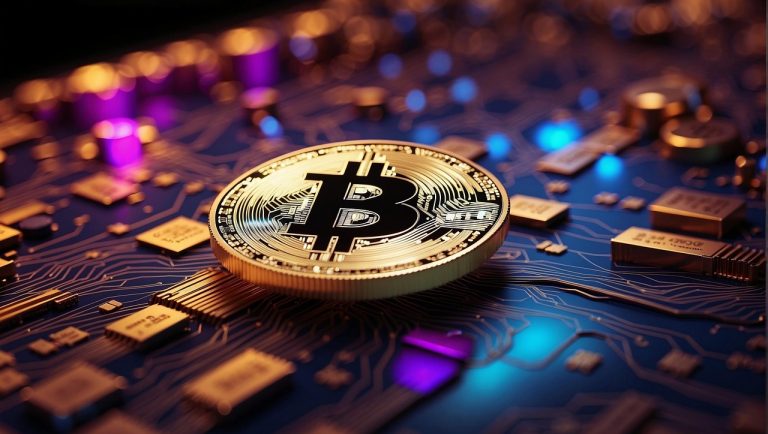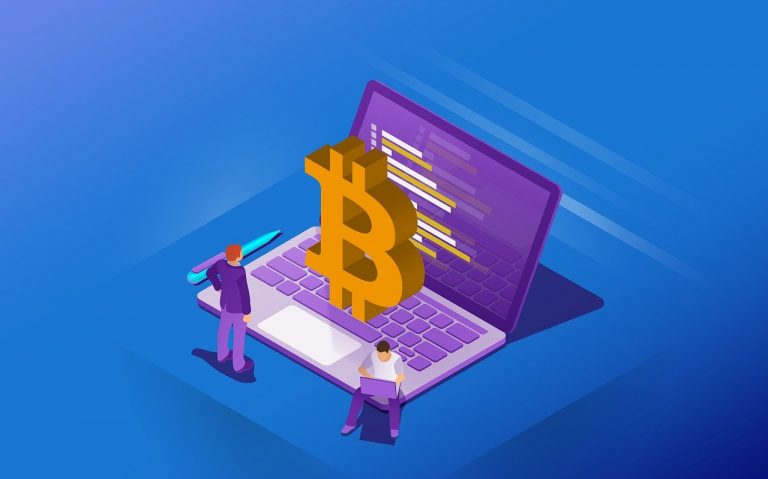Stablecoins were created to offer the best of both worlds: the speed and innovation of cryptocurrencies with the price stability of fiat money. They’ve become an essential part of the crypto ecosystem—used for trading, lending, remittances, and even saving. But as the market matures in 2025, one important question keeps resurfacing: Are stablecoins really stable?

To answer that, we need to look beyond the name and explore how stablecoins work, what backs them, and whether their stability can be trusted.
What Are Stablecoins?
Stablecoins are digital assets whose value is pegged to a stable asset, usually a fiat currency like the US dollar, euro, or yen. Their main purpose is to reduce the volatility that plagues most cryptocurrencies. When you hold Bitcoin, its price can swing dramatically within hours. A stablecoin like USDT or USDC, on the other hand, is designed to stay at or near $1 at all times.
This makes stablecoins useful for everyday transactions, cross-border payments, trading pairs on crypto exchanges, and as a “safe haven” during market crashes.
Types of Stablecoins
Not all stablecoins are created equal. They differ in how they maintain their peg—and that directly impacts their stability. There are three main types:
1. Fiat-Collateralized Stablecoins
These are backed 1:1 by fiat currency reserves held in bank accounts. The most well-known examples include USDT (Tether) and USDC (USD Coin).
In theory, for every 1 USDC issued, there should be 1 real U.S. dollar held in reserve. This is the most straightforward model, but it depends heavily on the transparency and honesty of the issuing company.
2. Crypto-Collateralized Stablecoins
These are backed by other cryptocurrencies, often over-collateralized to protect against price swings. DAI is a popular example, backed by assets like Ethereum and managed by smart contracts within the MakerDAO protocol.
Because crypto prices fluctuate, these systems require more value in reserves than the stablecoins they issue. However, extreme volatility or smart contract failures can still cause instability.
3. Algorithmic Stablecoins
These rely on algorithms and supply-demand mechanisms to maintain their peg, with no real collateral. The most infamous case was TerraUSD (UST), which collapsed in 2022 and wiped out billions of dollars.
Since then, algorithmic stablecoins have lost credibility, though a few new experimental models continue to emerge.
How Stable Are Stablecoins, Really?
Despite their name, not all stablecoins are perfectly stable. Let’s look at the key factors that affect their reliability:
Backing and Reserves
A stablecoin’s value depends heavily on the reserves behind it. If the issuer claims each token is backed by $1 but holds only partial or risky assets (like commercial paper), then the peg may break under pressure.
USDC, for example, is generally considered safer because it publishes regular audits and holds reserves in cash and short-term U.S. Treasuries. USDT has faced criticism over its lack of transparency and past legal issues, though it remains widely used.
Redemption Mechanism
Can you actually exchange your stablecoin for real money? If redemption is restricted or slow, confidence in the peg can break.
During times of panic—such as a market crash or a regulatory threat—users may try to redeem their stablecoins en masse. If issuers can’t meet the demand quickly, the price can slip below $1.
Market Confidence
Stablecoins are only stable if people believe they are. If there’s any doubt about the reserves or redemption process, even a fully backed stablecoin can depeg temporarily.
In March 2023, for example, USDC briefly dropped below $0.90 after its issuer’s funds were exposed to a failing U.S. bank. Though the peg recovered, it showed how quickly trust can erode.
Regulatory Pressure
Governments are increasingly focusing on stablecoins because of their growing use in payments and DeFi. Regulatory actions—such as bans, licensing issues, or reserve requirements—can shake confidence in a stablecoin’s value.
Regulations may help bring more stability in the long run, but sudden changes can create short-term volatility.
Use Cases and Limitations
Stablecoins have become a core tool in crypto:
-
For traders, they offer a way to park funds between trades without leaving the blockchain.
-
For global users, they offer access to dollar-like stability without needing a U.S. bank account.
-
For DeFi, they act as collateral for loans, liquidity pools, and yield farming.
But their use isn’t without limits. They often rely on centralized issuers, which contradicts the decentralized ethos of crypto. If the issuer is hacked, shut down, or dishonest, users may lose trust or access to their funds.
Moreover, some governments see stablecoins as competition to their national currencies. This could lead to legal battles or restrictions that undermine their availability or usability in certain regions.
CBDCs vs Stablecoins: Competition or Coexistence?
With the rise of Central Bank Digital Currencies (CBDCs), some question whether stablecoins will survive.
CBDCs are government-issued digital currencies with official backing and legal tender status. They promise the same stability as fiat-backed stablecoins—but with more regulation and central control.
While CBDCs may replace some stablecoin use cases (especially for retail payments), stablecoins are likely to remain popular in areas like DeFi, cross-chain transfers, and as on-ramps between crypto assets. In some ecosystems, they may even complement each other.
The Future of Stablecoins
As of 2025, stablecoins continue to evolve. More regulations are coming, especially around transparency, reserves, and issuance. Some countries are considering making stablecoins legal under strict guidelines. Others are pushing CBDCs as an alternative.
Meanwhile, innovation is also happening. New models are emerging that blend decentralization with security—such as multi-asset collateral, tokenized treasury bills, and audited smart contract systems.
Whether stablecoins will remain stable depends on the strength of their reserves, transparency of their operations, and ability to adapt to legal frameworks. But one thing is clear: they’ve become too important to ignore.
So, are stablecoins really stable?
Sometimes—yes. But not always. Their stability depends on what backs them, how they’re managed, and how much users trust them. In calm markets, they usually perform well. But in times of stress, weak systems can break down quickly.
Before using or holding any stablecoin, it’s essential to research the issuer, check the reserve reports, and understand the redemption process. Stability is not just about the name—it’s about the foundation underneath.
In the future of digital finance, stablecoins will likely play a vital role. But as with all financial tools, they’re only as stable as the trust they earn and the systems they rely on.



